Home>Garden Essentials>How Warm Does It Need To Be For Grass Seed To Germinate
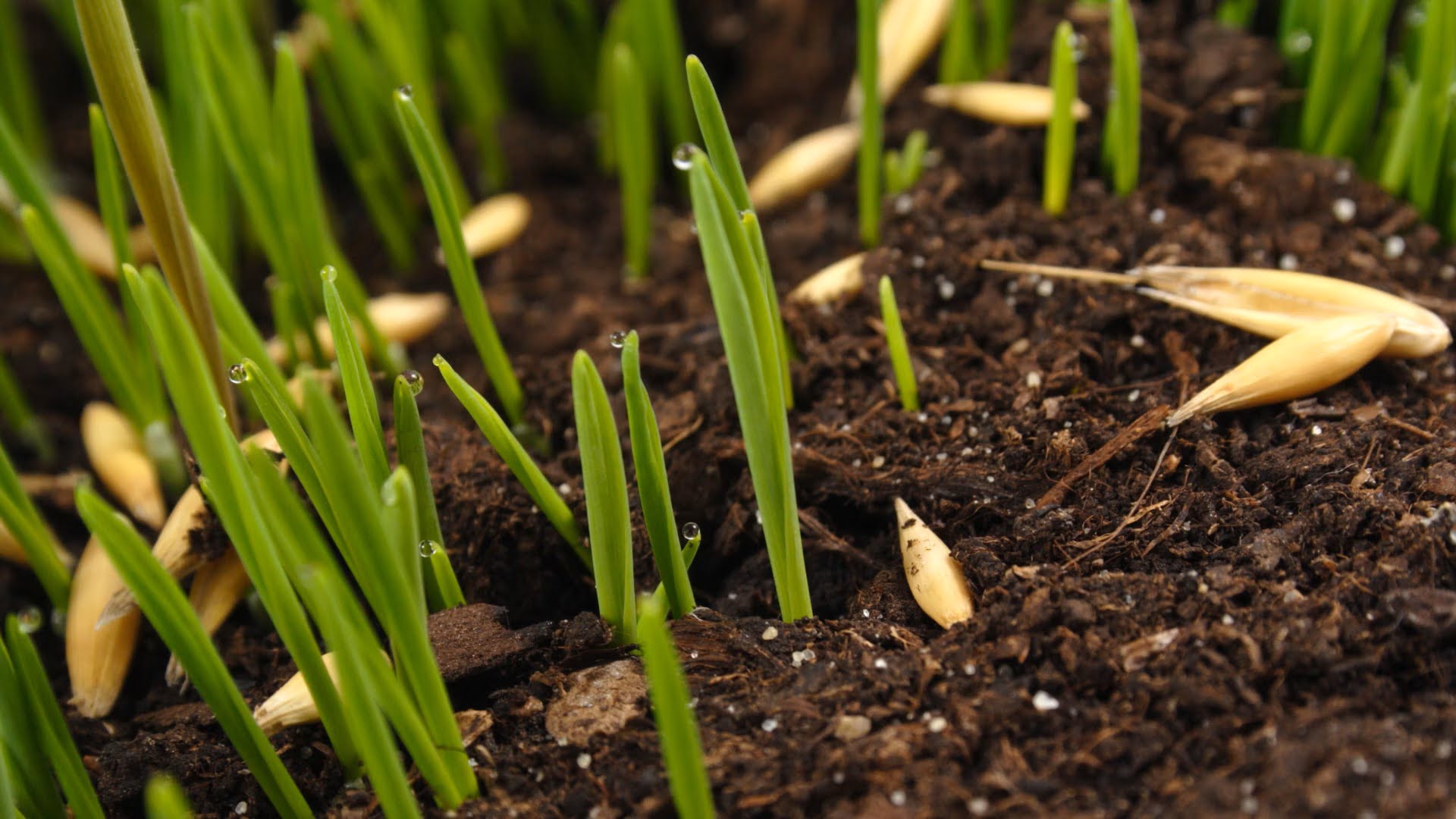

Garden Essentials
How Warm Does It Need To Be For Grass Seed To Germinate
Modified: October 19, 2024
Learn how warm it needs to be for garden grass seed to germinate and ensure a successful growth. Get valuable tips and insights.
(Many of the links in this article redirect to a specific reviewed product. Your purchase of these products through affiliate links helps to generate commission for Storables.com, at no extra cost. Learn more)
Introduction
Welcome to the world of gardening, where a lush green lawn is the envy of many homeowners. If you’re looking to start a new lawn or patch up thin areas, one of the key steps is sowing grass seed. But have you ever wondered how warm it needs to be for grass seed to germinate successfully? Understanding the temperature requirements for grass seed germination is essential for achieving the best possible results.
Germination is the process by which a seed develops into a new plant, and it requires specific conditions to occur. Temperature is one of the crucial factors that can greatly impact the success of grass seed germination. Let’s explore the various factors that affect germination and uncover the optimum temperature range for promoting healthy and vigorous growth.
Key Takeaways:
- Grass seed germination requires specific temperature, moisture, and air circulation. Warm-season grasses prefer 75-90°F, while cool-season grasses thrive in 60-75°F.
- Germinating grass seed in cooler temperatures requires patience, proper soil preparation, monitoring soil temperature, adequate watering, and protection from frost. Choose the right grass variety for successful germination.
Read more: What Does Grass Seed Need To Germinate
Factors Affecting Germination of Grass Seed
For grass seed to germinate successfully, several factors must align. Understanding these factors will help you create the ideal conditions for optimal germination. Here are the key factors that can influence the germination of grass seed:
- Temperature: As mentioned earlier, temperature plays a crucial role in seed germination. Each type of grass seed has its own temperature range for optimum germination. In general, most grass seeds prefer soil temperatures between 50 and 80 degrees Fahrenheit. However, some varieties may have specific temperature requirements, so it’s important to refer to the seed packaging or consult with a local gardening expert for precise guidelines.
- Moisture: Adequate moisture is essential for seed germination. The seed needs moisture to soften the outer coat and initiate the growth process. It’s crucial to keep the soil consistently moist, but not saturated, during the germination period. Ensure that you water the soil regularly, providing enough hydration to support germination without causing waterlogging.
- Air Circulation: Good air circulation around the seed is vital for successful germination. Stagnant air can lead to fungal diseases or other issues. Avoid overcrowding the area with seeds, allowing proper airflow to prevent moisture buildup and stagnant conditions.
- Soil Quality: The quality of the soil significantly impacts seed germination. The soil should be well-draining, loose, and fertile. Aerate the soil before sowing the seeds to improve its structure and allow for proper root growth.
- Seed Depth: The depth at which you sow the grass seed can affect germination. In general, most grass seeds require shallow planting, typically around 1/4 to 1/2 inch deep. However, check the specific instructions provided by the seed manufacturer as different varieties may have different requirements.
- Time of Year: The time of year also plays a role in germination. Most grass seeds prefer to germinate in spring or fall when the temperatures are mild and there is sufficient moisture in the soil. Avoid sowing seeds during extreme heat or cold, as this can hinder successful germination.
By considering these factors and providing the optimal conditions, you can greatly improve the germination rate and ensure healthy and robust growth for your grass seeds. Now, let’s explore the ideal temperature range for grass seed germination in more detail.
Optimum Temperature for Grass Seed Germination
Each type of grass seed has its own preferred temperature range for successful germination. While the general range is between 50 and 80 degrees Fahrenheit, it’s essential to consult the specific guidelines provided by the seed manufacturer to ensure the best results.
Warm-season grasses, such as Bermuda grass and Zoysia grass, thrive in higher temperatures. These varieties typically have an optimal germination temperature range between 75 and 90 degrees Fahrenheit. They are best suited for planting in late spring to early summer when the soil is consistently warm.
Cool-season grasses, such as Kentucky bluegrass and fescue, prefer slightly cooler temperatures for germination. The ideal range for these grasses is typically between 60 and 75 degrees Fahrenheit. They can be sown in early spring or early fall when the soil is cooler and more favorable for their growth.
It’s worth noting that germination rates may vary within these temperature ranges. The closer you can keep the soil temperature to the optimal range for the specific grass seed variety, the better the germination rate will be. Soil thermometers can be a useful tool for monitoring the temperature and ensuring you stay within the desired range.
Keep in mind that maintaining a consistently warm temperature throughout the germination period is crucial. If the temperature drops below the optimal range, germination may slow down or even halt altogether. Conversely, if the temperature exceeds the upper limit, it can lead to stress and poor growth of the emerging seedlings.
Creating a favorable microclimate for your grass seeds can help maintain the optimum temperature for germination. You can cover the seeded area with a layer of straw or mulch to retain heat and moisture. This helps to create a stable environment that promotes germination, even if the surrounding air temperature fluctuates.
While temperature plays a significant role in germination, it’s essential to understand the minimum temperature requirements for grass seed to germinate successfully, especially in cooler conditions. Let’s explore this aspect in the next section.
Minimum Temperature Requirements for Grass Seed Germination
In addition to the optimum temperature range, grass seeds also have minimum temperature requirements for successful germination. These minimum temperatures indicate the lowest temperature at which the seeds can still germinate, albeit at a slower rate.
For warm-season grasses, the minimum soil temperature for germination is typically around 60 degrees Fahrenheit. If the soil temperature drops below this threshold, the germination process may be delayed or even halted. It’s crucial to monitor the soil temperature and avoid sowing warm-season grass seeds too early in the season when the soil is still cold.
Cool-season grasses have a lower minimum temperature requirement for germination, which is typically around 40 to 50 degrees Fahrenheit. These grasses are more tolerant of cooler conditions, allowing them to be sown in early spring or early fall when the soil temperature is still relatively cool.
It’s important to note that while grass seeds may germinate at these minimum temperatures, the process will be slower compared to when the soil temperature is within the optimum range. Patience is key when sowing grass seeds in cooler conditions, as it may take a bit longer for them to sprout and establish.
Extreme temperatures, whether too high or too low, can inhibit germination or lead to poor seedling development. Frost can be particularly damaging to germinating grass seeds, so it’s essential to avoid sowing seeds in areas prone to late spring frosts or early fall frosts.
By understanding the minimum temperature requirements for your specific grass seed variety, you can ensure proper timing and provide the optimal conditions for successful germination. Pairing this knowledge with some helpful tips can further improve your chances of achieving excellent results. Let’s explore these tips in the next section.
Grass seed typically needs a soil temperature of at least 50-65°F (10-18°C) for germination. Use a soil thermometer to monitor the temperature before planting.
Germination Time for Different Types of Grass Seed
The germination time for grass seed can vary depending on the specific type or variety of grass. Understanding the typical germination period for different grass seeds can help you plan and monitor the progress of your lawn establishment. Here’s a general guideline for the germination time of various common grass seed types:
- Kentucky Bluegrass: Kentucky bluegrass is a popular cool-season grass that typically takes around 14 to 21 days to germinate. Patience is key when sowing Kentucky bluegrass, as it may have a slightly longer germination period compared to other grass types.
- Tall Fescue: Tall fescue is known for its durability and adaptability. It generally germinates within 7 to 14 days, making it a popular choice for quick establishment and filling in bare spots.
- Perennial Ryegrass: Perennial ryegrass has a relatively fast germination time, typically ranging from 5 to 10 days. It quickly develops into a lush and dense turf, making it a preferred choice for overseeding or repairing damaged areas.
- Bermuda Grass: Bermuda grass is a warm-season grass that takes around 10 to 21 days to germinate. It requires warm soil temperatures and consistent moisture to ensure successful establishment.
- Zoysia Grass: Zoysia grass is a slow-growing warm-season grass that can take anywhere from 14 to 21 days or more to germinate. While it may have a longer germination period, it forms a dense and resilient lawn once established.
- Buffalo Grass: Buffalo grass is a warm-season grass native to North America. It has a germination period of approximately 14 to 30 days or even longer. It’s known for its low maintenance requirements and excellent drought tolerance.
It’s important to note that the germination time can be influenced by various factors, including temperature, moisture, seed quality, and site conditions. Providing optimal conditions and closely monitoring the progress will help ensure successful germination.
Remember that germination is just the beginning of the lawn establishment process. The seedlings will continue to grow and develop over time, requiring proper care and maintenance to achieve a healthy and robust lawn. Now, let’s explore some tips for germinating grass seed in cooler temperatures.
Read more: What Herbs Need Light To Germinate
Tips for Germinating Grass Seed in Cooler Temperatures
Germinating grass seed in cooler temperatures can pose some challenges, as the colder conditions may slow down the germination process. However, with proper care and attention, you can still achieve successful results. Here are some tips to help you germinate grass seed effectively in cooler temperatures:
- Choose the Right Grass Seed: When sowing in cooler temperatures, opt for cool-season grass varieties that are better adapted to such conditions. These grasses have a higher tolerance for lower temperatures, allowing them to germinate and establish more successfully.
- Prepare the Soil: Prepare the soil properly before sowing the grass seed. Ensure that it is well-draining and free from debris. Loosen the soil and remove any rocks or weeds that may hinder seed germination. Consider incorporating organic matter, such as compost, to improve soil fertility and moisture retention.
- Monitor Soil Temperature: Utilize a soil thermometer to monitor the temperature consistently. Aim to sow the grass seed when the soil temperature is within the minimum and optimum range for your chosen grass variety. If needed, consider using a soil heating mat to provide supplemental warmth to the seeded area.
- Water the Soil Properly: Adequate moisture is crucial for successful germination. However, be cautious not to overwater, as excessively soggy soil can lead to fungal diseases. Water the soil lightly but regularly to keep it consistently moist. Consider covering the seeded area with a thin layer of straw or mulch to help retain moisture and promote a stable environment.
- Protect from Frost: If there is a risk of frost, take precautions to protect the seeded area. Covering the lawn with a frost blanket or using a temporary shelter can help prevent frost damage to the emerging seedlings.
- Be Patient: Germination in cooler temperatures may take longer compared to warmer conditions. Be patient and avoid the temptation to reseed or disturb the seeded area too soon. Give the grass seed enough time to sprout and establish before taking further action.
Remember to monitor the progress of your grass seed regularly and make any necessary adjustments as you see fit. Providing the right conditions, including temperature, moisture, and care, will greatly improve the chances of successful germination even in cooler temperatures.
By following these tips and guidelines, you can create the best possible environment for grass seed germination and ensure the establishment of a healthy and vibrant lawn. With time, proper maintenance, and patience, your grass seed will transform into a beautiful green carpet that you can be proud of.
Now that you are equipped with the knowledge to germinate grass seed effectively in cooler temperatures, it’s time to put it into practice and enjoy the transformation of your outdoor space!
Conclusion
Germinating grass seed is the crucial first step towards creating a lush and vibrant lawn. Understanding the temperature requirements for successful germination plays a vital role in achieving optimal results. By considering factors such as temperature, moisture, air circulation, soil quality, seed depth, and timing, you can create the ideal conditions for seed germination.
Different types of grass seeds have their own optimum temperature range for germination. Warm-season grasses prefer higher temperatures, usually between 75 and 90 degrees Fahrenheit, while cool-season grasses thrive in slightly cooler temperatures ranging from 60 to 75 degrees Fahrenheit.
It’s essential to maintain a consistent temperature throughout the germination period to ensure successful growth. Monitoring the soil temperature, providing adequate moisture, and protecting against extreme temperatures are key factors that contribute to the germination process.
Keep in mind that germination times can vary depending on the type of grass seed. Kentucky bluegrass may take around 14 to 21 days to germinate, tall fescue around 7 to 14 days, and perennial ryegrass around 5 to 10 days. Warm-season grasses like Bermuda grass and Zoysia grass may have longer germination periods ranging from 10 to 21 days or more.
When germinating grass seed in cooler temperatures, selecting the right grass variety, preparing the soil properly, monitoring soil temperature, watering adequately, and being patient are key. Additionally, protecting the seeded area from frost and providing proper care and maintenance are crucial for a successful outcome.
Remember, creating a lush lawn takes time and effort. By understanding the specific requirements of your grass seed and implementing the tips and guidelines provided, you can enhance the chances of successful germination even in cooler temperatures.
So, roll up your sleeves, sow your grass seed with care, and watch as it transforms into a beautiful carpet of green. With determination and the right techniques, you’ll soon be enjoying a thriving and healthy lawn that adds beauty and tranquility to your outdoor space.
Get ready to embrace the joy of gardening and relish the fruits of your labor as you witness the germination of your grass seed and the transformation of your landscape!
Frequently Asked Questions about How Warm Does It Need To Be For Grass Seed To Germinate
Was this page helpful?
At Storables.com, we guarantee accurate and reliable information. Our content, validated by Expert Board Contributors, is crafted following stringent Editorial Policies. We're committed to providing you with well-researched, expert-backed insights for all your informational needs.

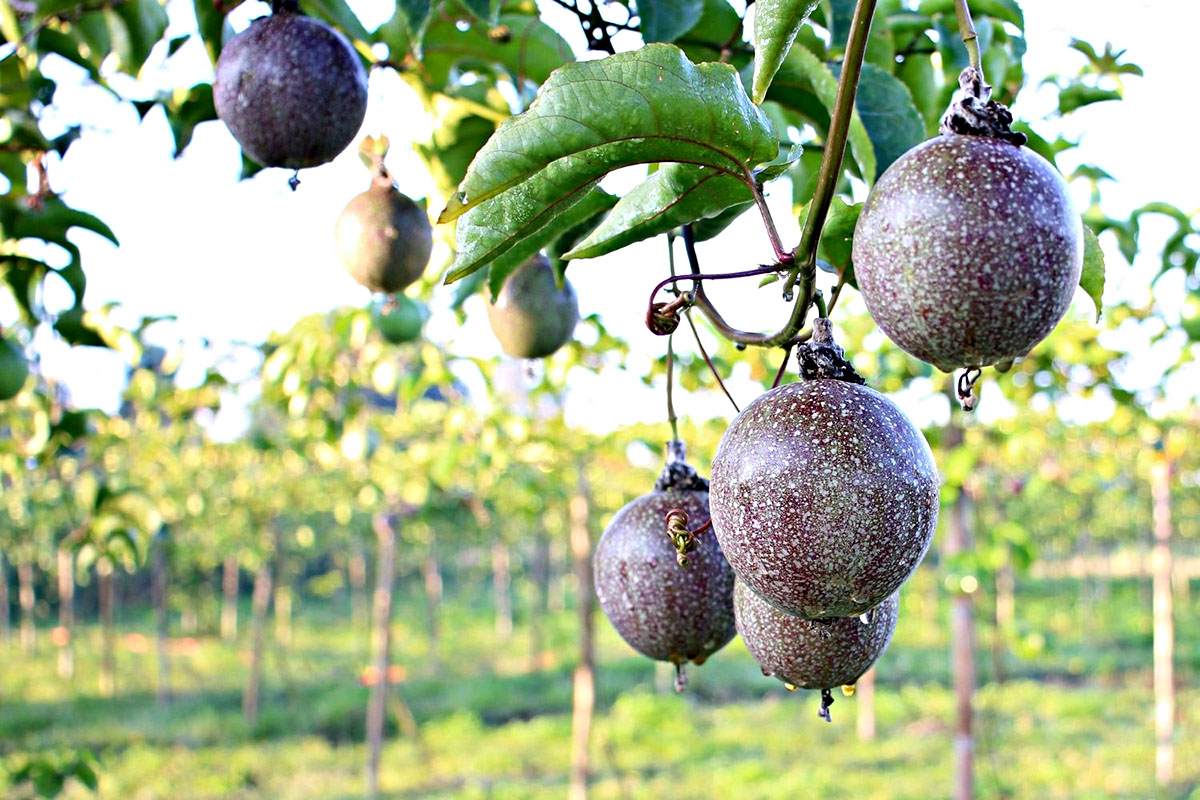


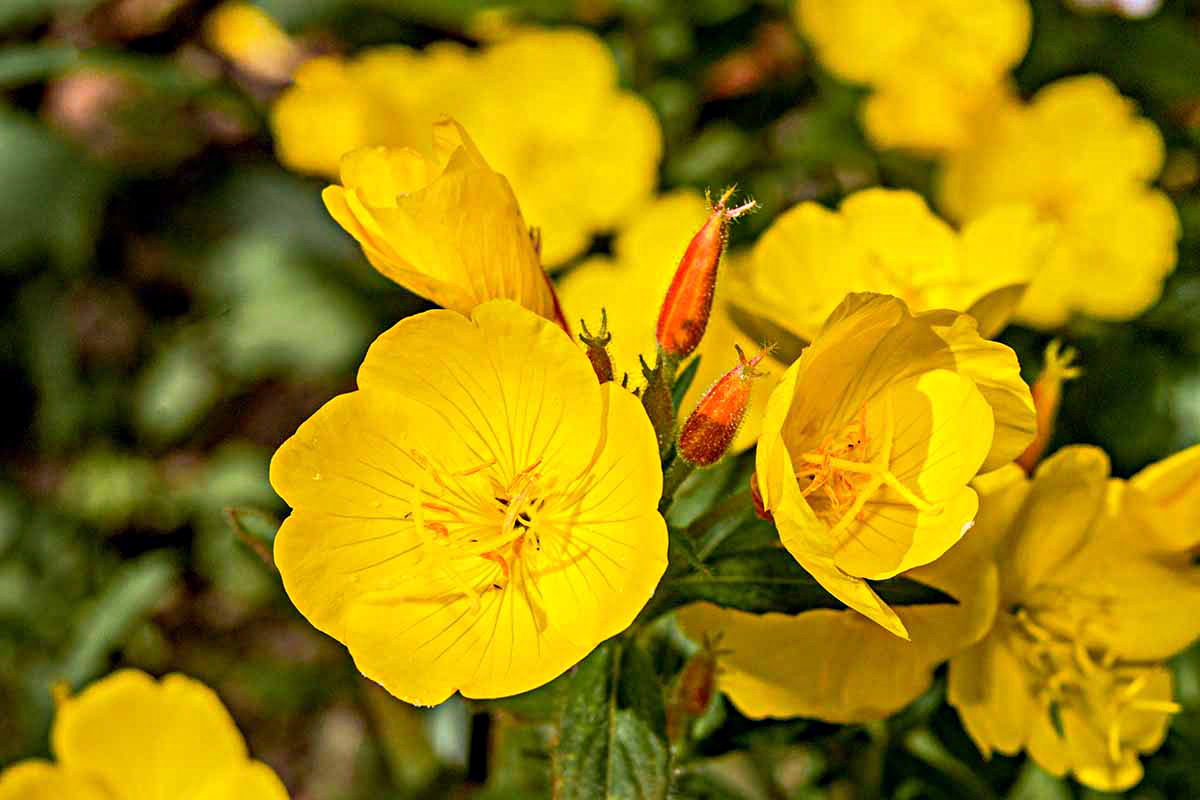
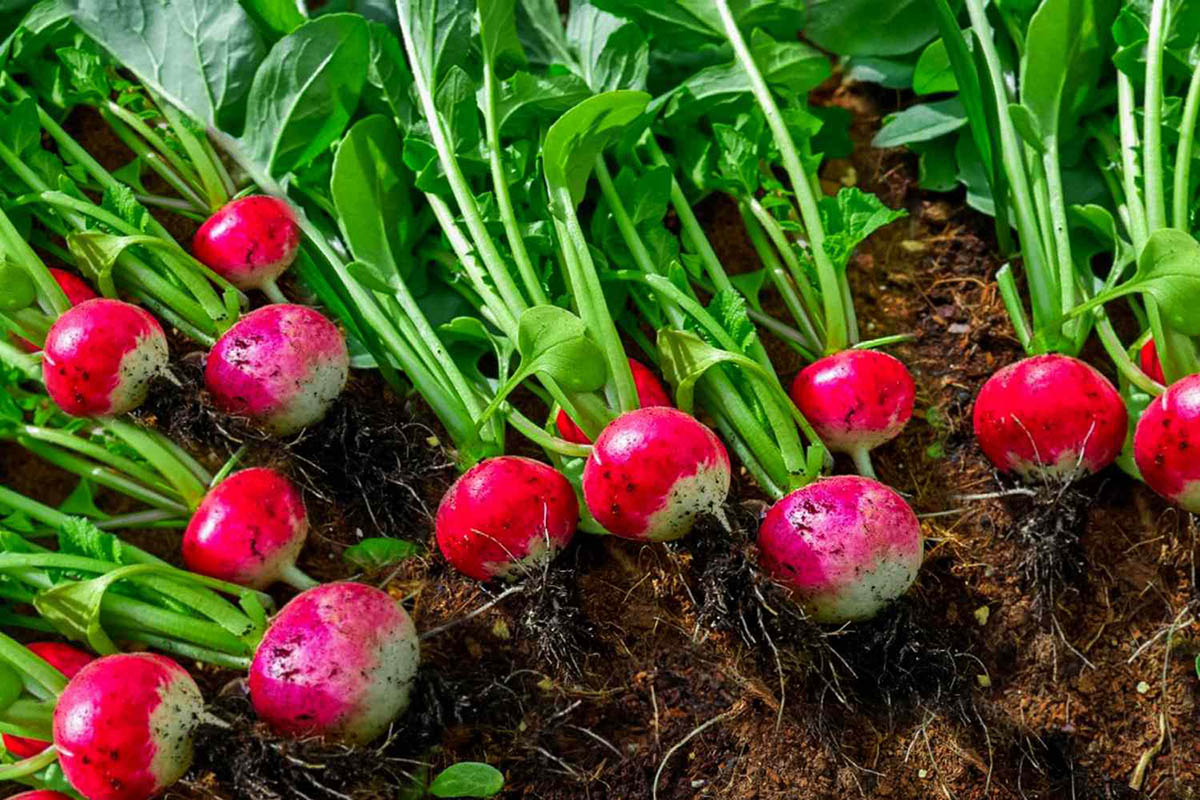
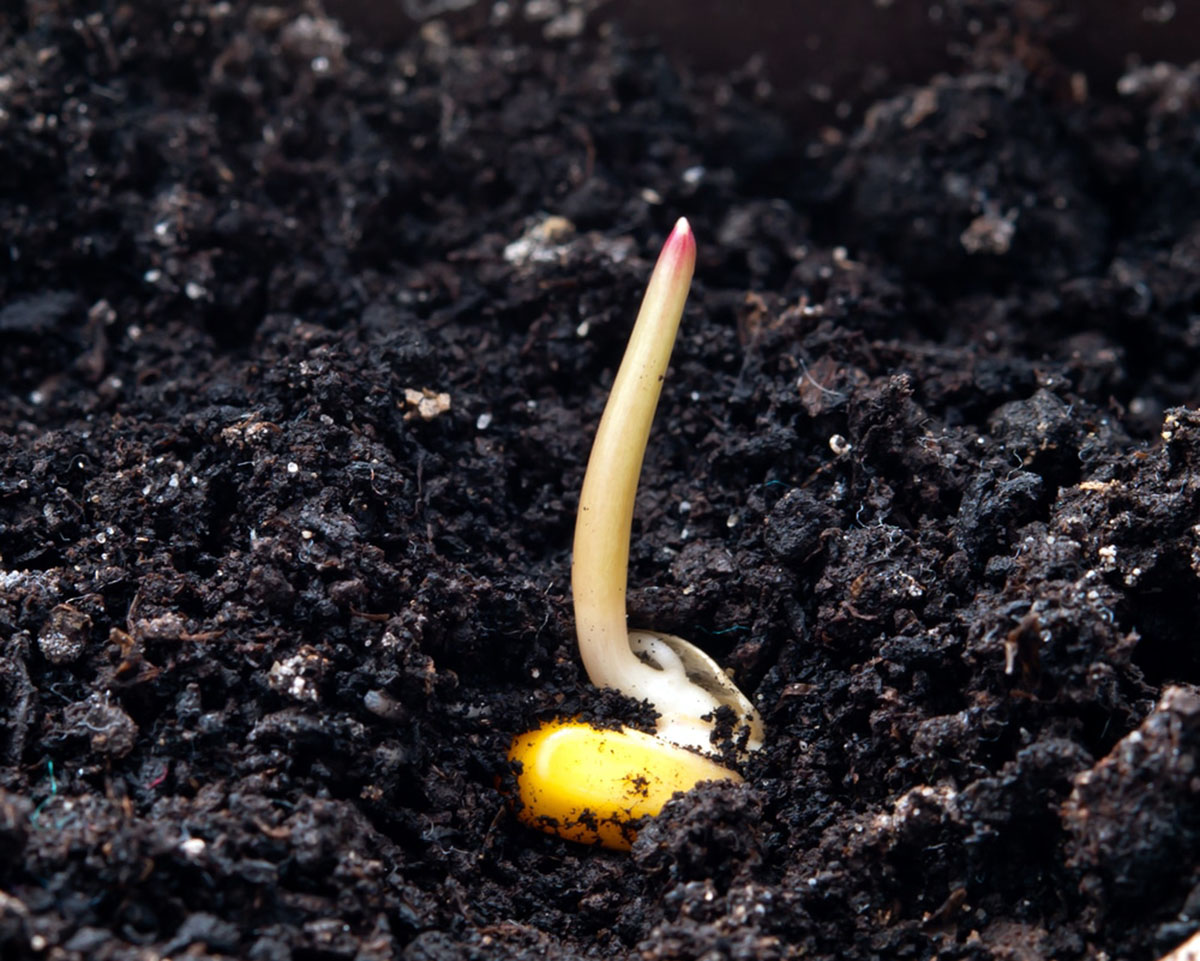
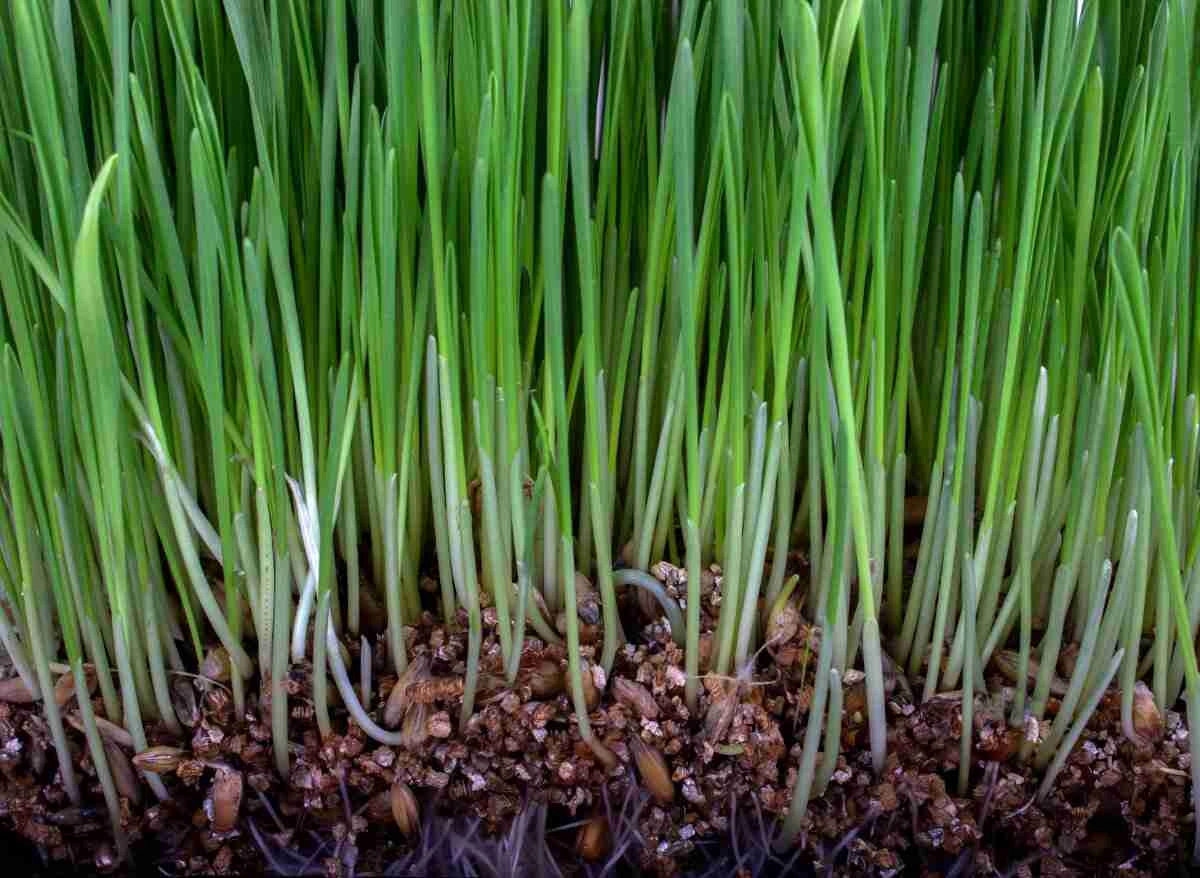
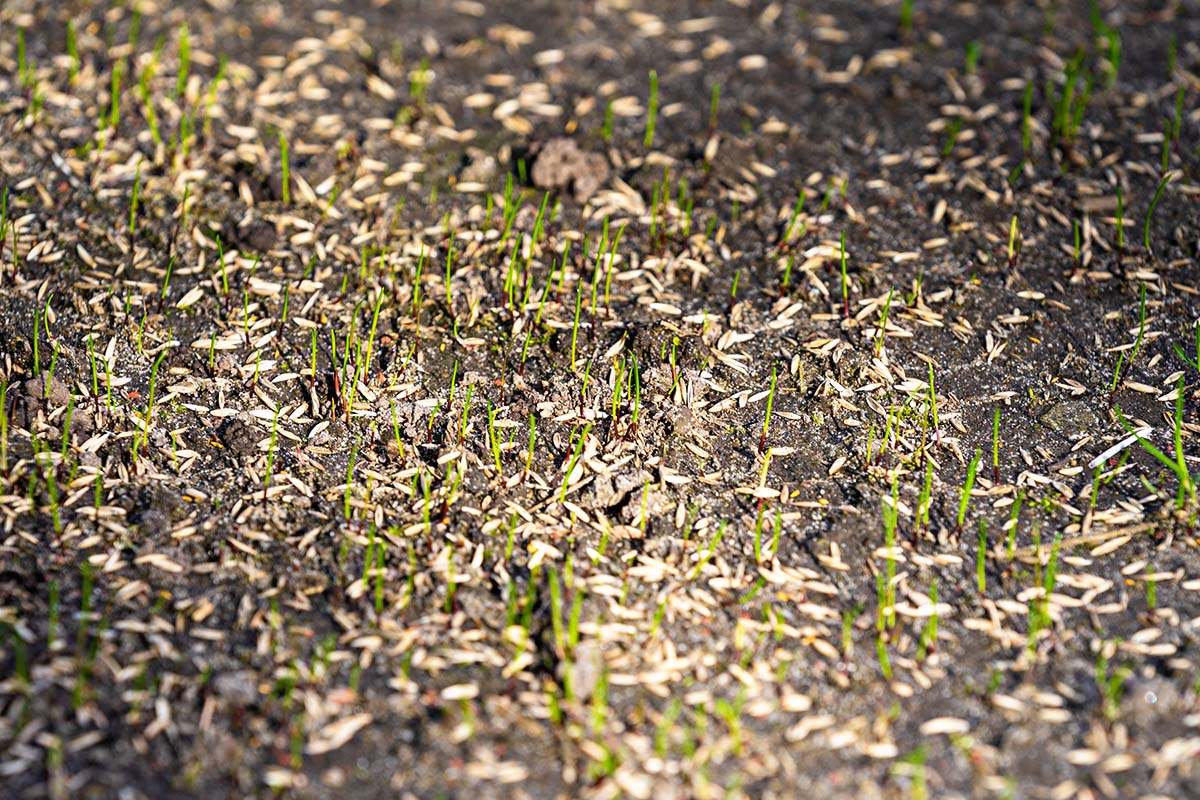
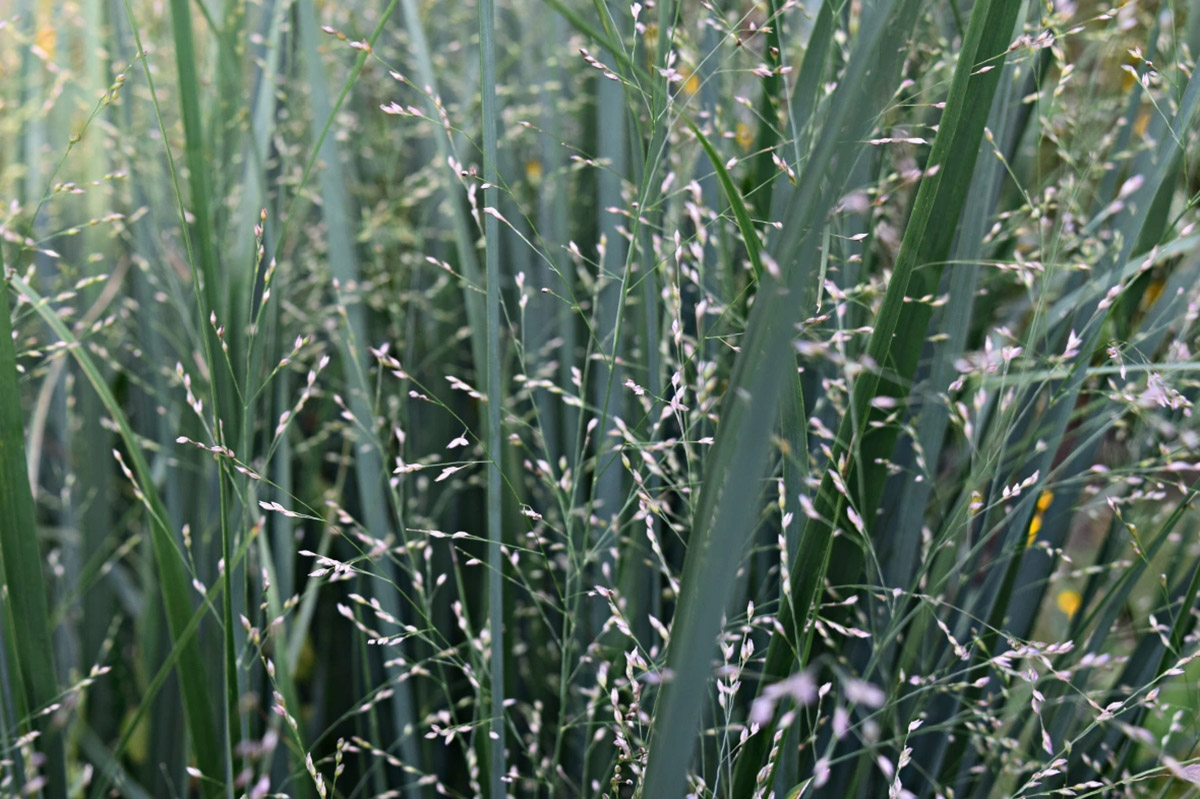
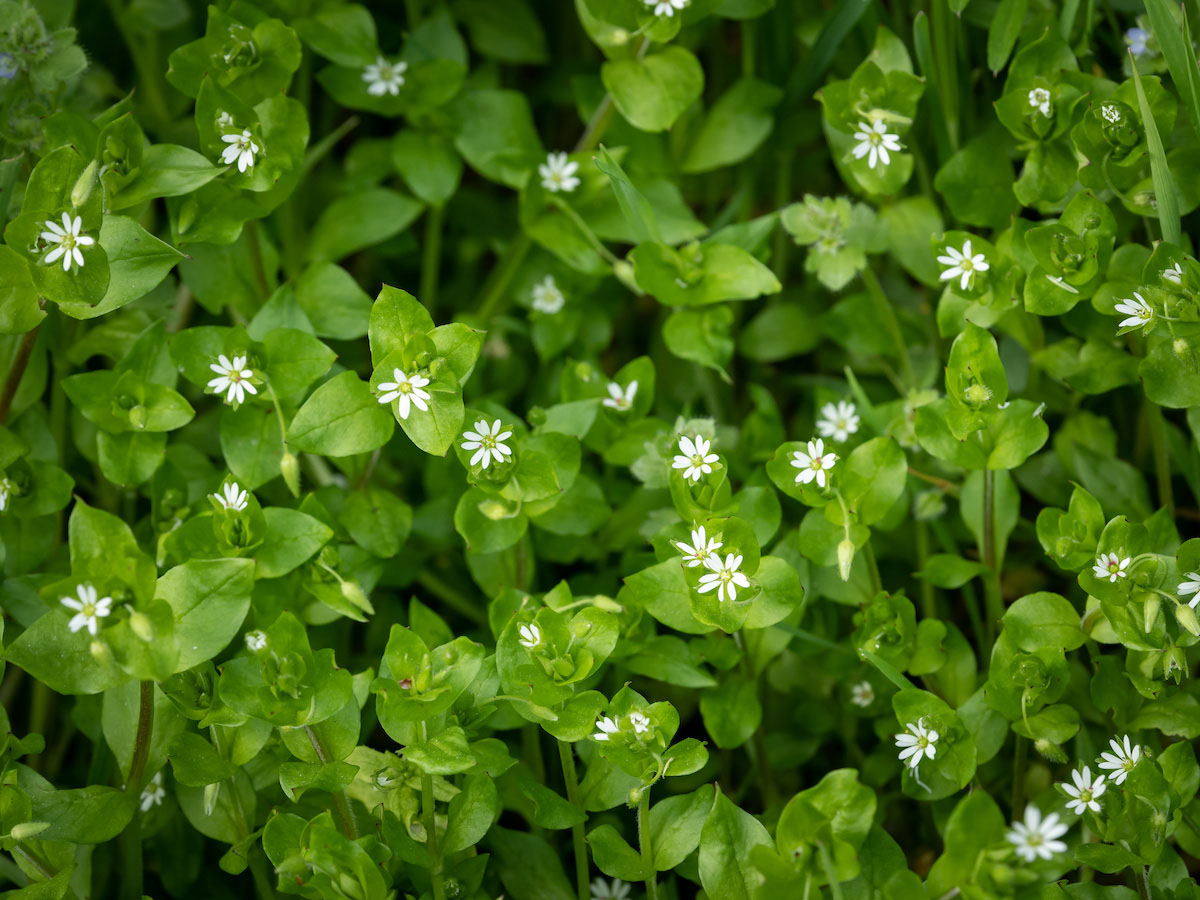
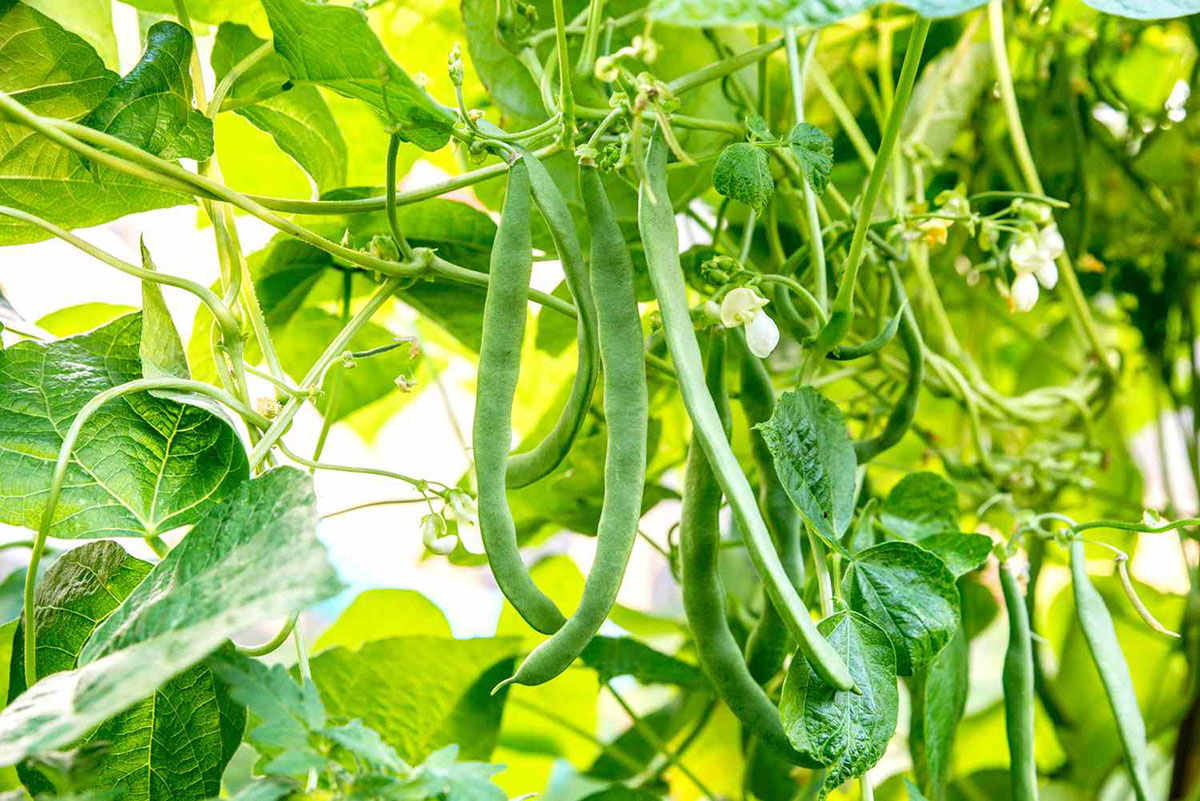

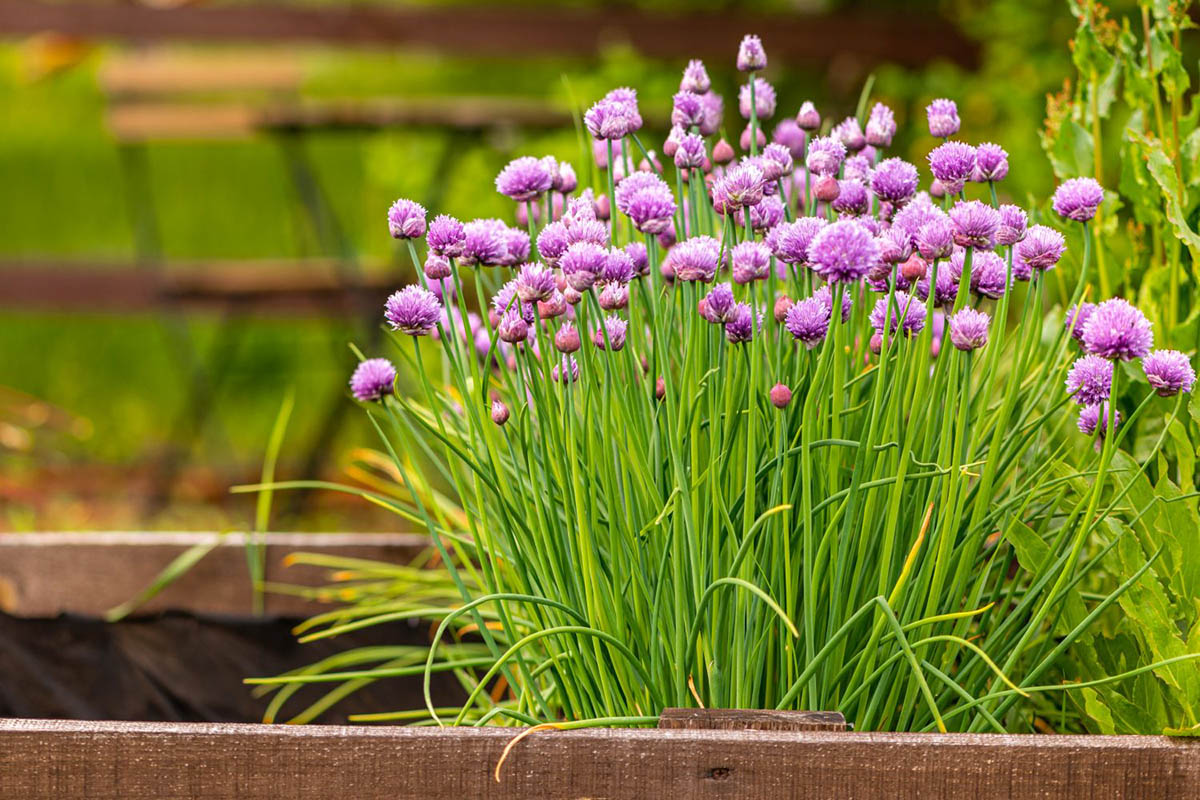

0 thoughts on “How Warm Does It Need To Be For Grass Seed To Germinate”